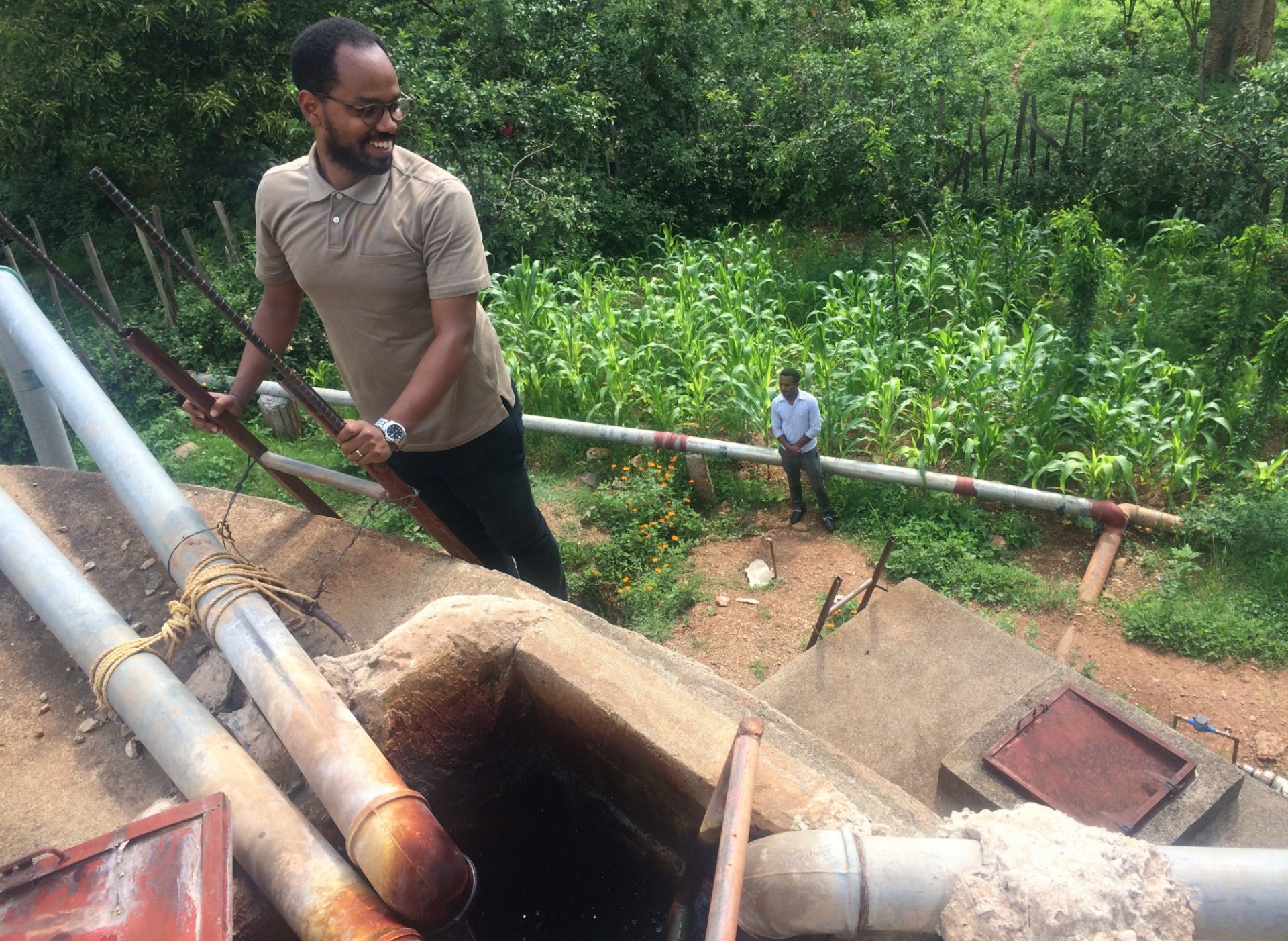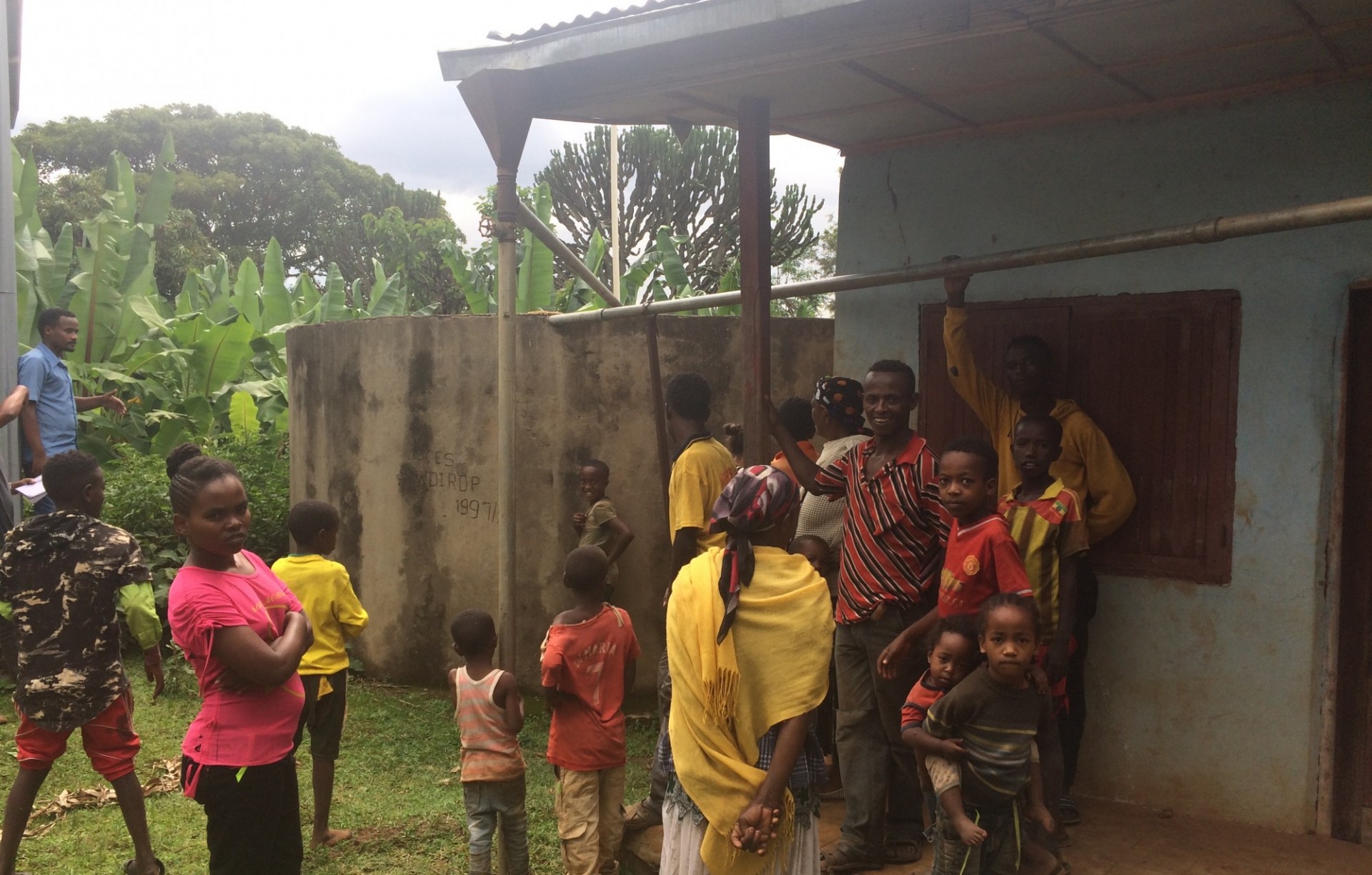United States
The Columbia Water Center led a study to assess the potential of rainwater harvesting (RWH) at the county scale using three approaches. In the first approach, the viability of rainwater harvesting was assessed in terms of the rainfall that could be captured in relation to the water demand in each county (excluding agriculture). The second approach was to evaluate the performance of a “typical” domestic RWH system across all counties with metrics related to its ability to supply the potable and non-potable demand. The third approach evaluated the effect of adding a 50% rainwater reuse component. Annual and seasonal results can be viewed in county-level maps. The reuse component highly increased the performance of rainwater harvesting in most counties. This work can help inform future water infrastructure investment and planning in the U.S.
Publications
Ennenbach M.W., Concha Larrauri, P., Lall, U. (2017), County-Scale Rainwater Harvesting Feasibility in the United States: Climate, Collection Area, Density, and Reuse Considerations, Journal of the American Water Resources Association, 54(1); https://doi.org/10.1111/1752-1688.12607
Award: Vaisala Open Weather Data Challenge Winner: RainMiner
State of the Planet: An Ancient Tool Holds Promise for Modern Water Problems
Mexico
Mexico City has well known water issues that are becoming more pressing, as water resources are not being replenished at the same rate as population growth. However, in a city with average precipitation of 780 mm/year, rainwater harvesting could be a valuable supplemental water source. The Columbia Water Center developed a tool to design and assess the technical performance, water saving potential and economic efficiency (net present value, payback time, and internal rate of return) of rainwater harvesting systems in different building configurations, demand scenarios, and end uses (potable or non-potable) in the 16 boroughs of Mexico City. The tool takes into account precipitation patterns and rainfall intensity by borough, capital and maintenance costs, rooftop areas, and the local water tariff structure to make a recommendation of the best system configuration applicable to individual cases. Additionally, the team developed a methodology to assess the potential of rainwater harvesting at a city-scale, using Mexico City as the test case. The approach provides quantitative data to inform the public and private sectors about the potential benefits of installing rainwater harvesting systems, by highlighting the areas in the city and sectors (domestic and commercial) where its implementation makes sense, both socially and financially. The methodology can also be used to model the effect of different water tariffs, policies, and equipment costs on the potential adoption of rainwater harvesting.
Publications:
Concha Larrauri P, Campos Gutierrez JP, Lall U, Ennenbach M. A City Wide Assessment of the Financial Benefits of Rainwater Harvesting in Mexico City. J Am Water Resour Assoc. 2020;56(2). doi:10.1111/1752-1688.12823
Phys.org: To ease Mexico City’s water woes, look up, study suggests,


